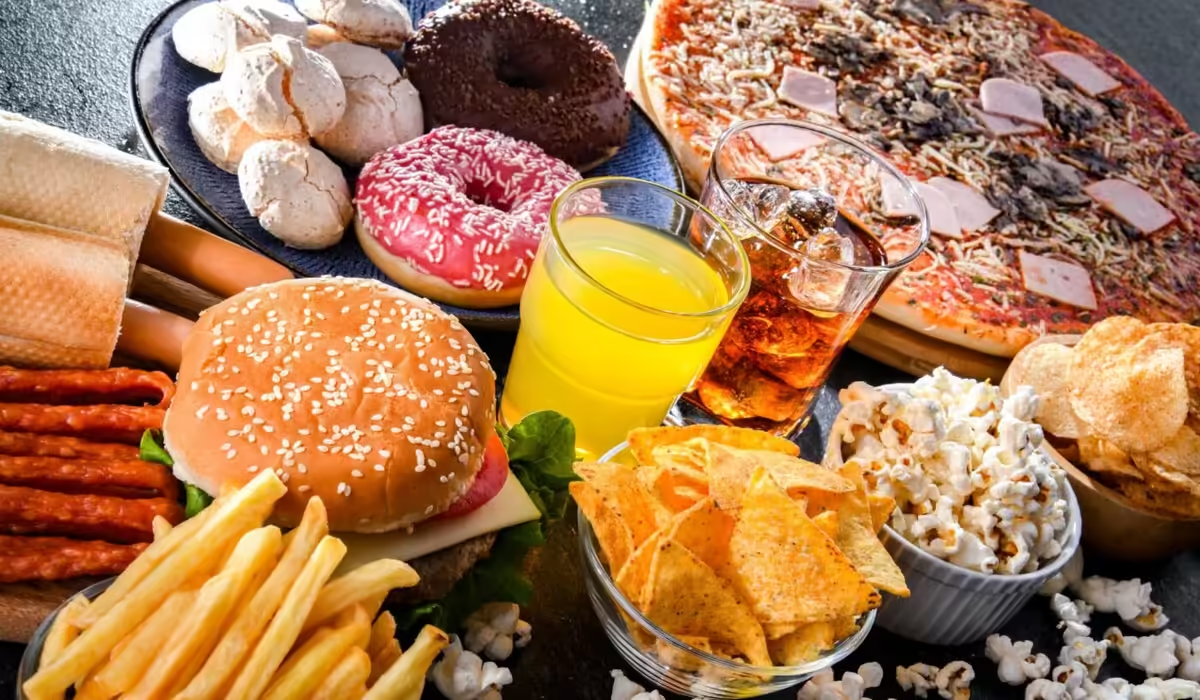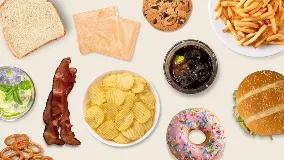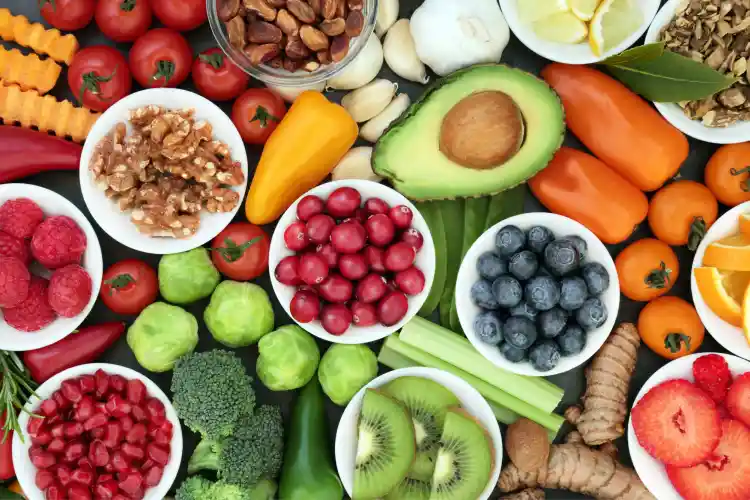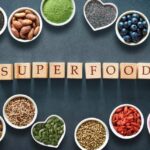10 Appearing Healthful Foods That Aren’t

10 Appearing Healthful Foods That Aren’t
In today’s wellness-obsessed world, supermarket shelves are full of products marketed as “healthy,” “natural,” or “low-fat.” Clever packaging, buzzwords, and trending diets often convince us that certain foods are better for us than they actually are. The reality? Some so-called health foods can be surprisingly high in sugar, sodium, or unhealthy additives that sabotage your wellness goals.
Here are 10 foods that appear healthful but really aren’t—and what you can eat instead.
1. Granola

Granola often looks like the perfect health food: oats, nuts, seeds, and maybe some dried fruit. But many store-bought varieties are loaded with added sugar, oil, and artificial flavors, turning your “healthy breakfast” into a dessert.
Better choice: Make your own granola with unsweetened oats, a drizzle of honey or maple syrup, and natural nuts.
2. Flavored Yogurt
Yogurt is praised for its probiotics and calcium, but flavored varieties often hide spoonfuls of added sugar. Some fruit yogurts can contain as much sugar as a candy bar.
Better choice: Stick with plain Greek yogurt and add your own fresh fruit or a drizzle of honey.
3. Veggie Chips
“Made with real vegetables” sounds convincing, but veggie chips are usually fried, salted, and stripped of most nutrients. Their colorful appearance masks the fact that they’re not much healthier than potato chips.
Better choice: Snack on air-popped popcorn, roasted chickpeas, or raw veggie sticks with hummus.
4. Energy Bars
Marketed as fitness-friendly fuel, energy bars often contain high-fructose corn syrup, hydrogenated oils, and more calories than a candy bar. They may keep you full, but they won’t necessarily keep you healthy.
Better choice: Opt for whole-food snacks like a banana with almond butter or a handful of nuts.
5. Bottled Smoothies & Juices
A smoothie packed with fruits and veggies sounds ideal, but bottled versions often contain concentrated fruit juice, sweeteners, and preservatives. Even 100% fruit juice spikes blood sugar without the fiber benefits of whole fruit.
Better choice: Blend your own smoothie at home with whole fruits, leafy greens, and unsweetened almond milk.
6. Dried Fruit
Yes, fruit is healthy. But when it’s dried, it often comes with added sugars, sulfites, and concentrated calories. A small handful of dried mango can pack as much sugar as a candy bar.
Better choice: Eat fresh fruit, or if you love dried fruit, look for unsweetened, no-sulfur-added varieties—and keep portions small.
7. Gluten-Free Packaged Foods
Gluten-free doesn’t automatically mean healthy. Many gluten-free cookies, crackers, and breads are made with refined flours, added starches, and extra sugar to improve taste and texture.
Better choice: Choose naturally gluten-free whole foods like quinoa, brown rice, or oats (labeled gluten-free).
8. Sports Drinks
Unless you’re running a marathon, you probably don’t need a neon-colored sports drink. Packed with sugar, sodium, and artificial dyes, these beverages can do more harm than good for the average person.
Better choice: Hydrate with water or coconut water, which provides natural electrolytes without artificial ingredients.
9. Frozen Yogurt
Frozen yogurt is often marketed as the healthier alternative to ice cream. But between added sugars, artificial flavorings, and tempting high-calorie toppings, a serving can easily outdo a bowl of ice cream in calories.
Better choice: Make your own frozen fruit “ice cream” by blending bananas or berries until creamy.
10. Salad Dressings

A fresh salad is as healthy as it gets—until you drench it in store-bought dressing. Many bottled dressings are full of unhealthy fats, added sugar, and preservatives, turning your greens into a calorie bomb.
Better choice: Whisk olive oil, lemon juice, and herbs for a simple, nutritious dressing.
Final Thoughts
Marketing can be misleading, and labels like “natural,” “low-fat,” or “gluten-free” don’t always equal nutritious. Many foods that appear healthy are loaded with hidden sugars, salts, or processed ingredients. The good news is that with a little awareness—and by focusing on whole, minimally processed foods—you can make smarter choices.
Remember: the healthiest foods are usually the simplest ones, free from flashy labels or fancy packaging.









